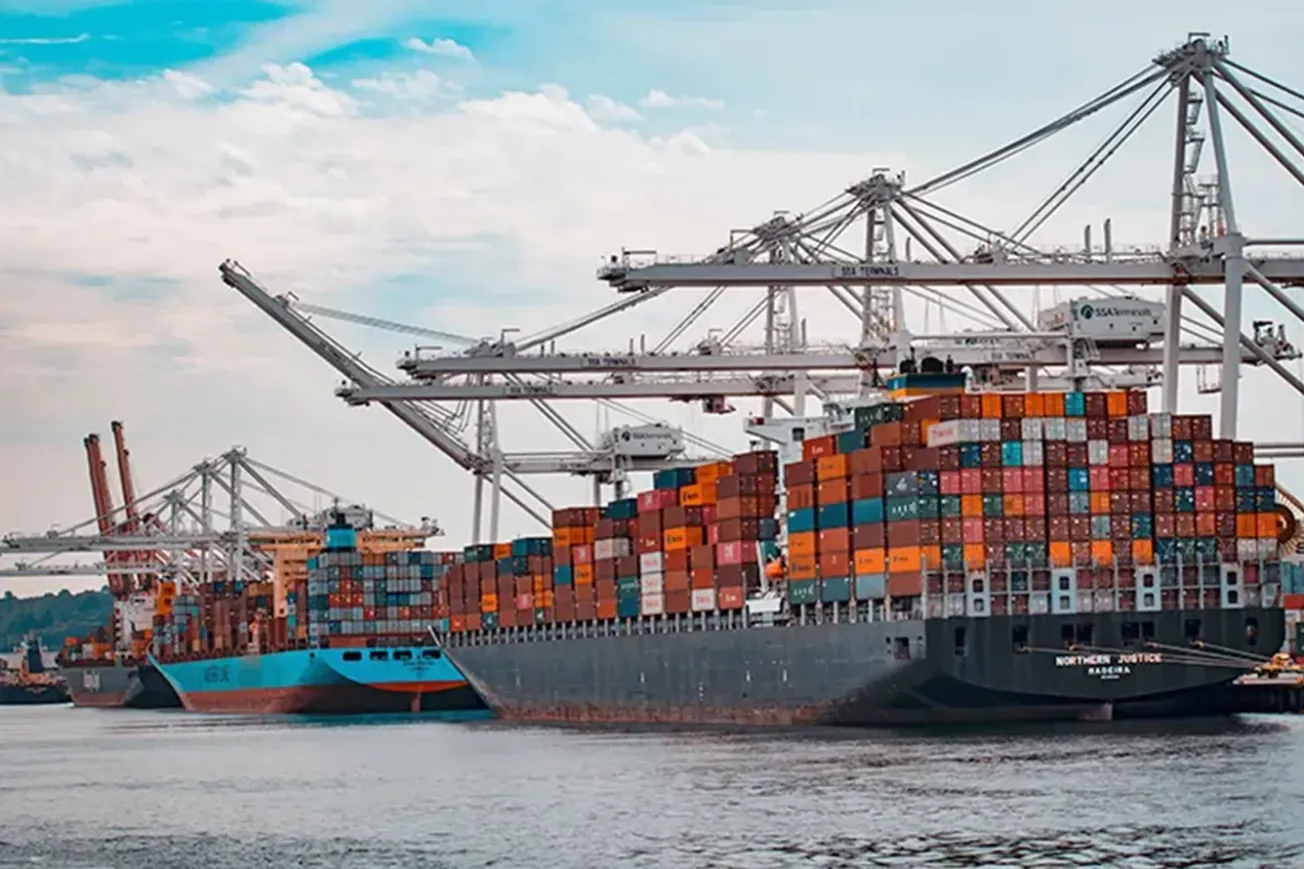Washington—U.S. retailers are accelerating their import schedules as concerns mount over potential East Coast and Gulf Coast port strikes and President-elect Donald Trump's planned tariff increases. According to the latest Global Port Tracker report, released by the National Retail Federation (NRF) and Hackett Associates, import volumes for the rest of 2024 are expected to exceed previous forecasts as retailers scramble to safeguard inventory ahead of possible disruptions.
“October’s strike lasted only three days, but the threat of a longer work stoppage looms if negotiations for a new labor contract aren’t resolved by mid-January,” warned Jonathan Gold, NRF’s Vice President for Supply Chain and Customs Policy. “Retailers are proactively bringing in cargo earlier or shifting shipments to the West Coast to avoid potential bottlenecks, similar to strategies employed earlier this year.”
The International Longshoremen’s Association (ILA) briefly halted work in October after its contract with the U.S. Maritime Alliance expired. While an agreement was reached to extend the contract until January 15, formal negotiations are set to resume next week. Retailers are wary of a repeat disruption that could coincide with the peak holiday season.
Adding to the pressure, the NRF report noted that tariff increases proposed by Trump could inflate consumer prices by as much as $78 billion annually. This is prompting some retailers to expedite shipments to avoid being hit by higher duties once the new administration takes office. “Neither of these developments is good for retailers, their customers, or the broader economy,” Gold emphasized.
Ben Hackett, founder of Hackett Associates, pointed out that import levels from Asia have remained unexpectedly high, reflecting industry fears of supply chain interruptions. “The possibility of a January strike and impending tariff increases are driving imports higher than anticipated,” Hackett said. “Globally, we are seeing a rise in protectionist policies, which could have significant implications for international trade.”
According to Global Port Tracker, U.S. ports handled 2.29 million Twenty-Foot Equivalent Units (TEUs) in September, up 12.8% year over year despite a slight drop from August. October’s imports are projected to reach 2.13 million TEUs, up 3.7% from last year. November and December are forecast at 2.15 million and 1.99 million TEUs, respectively, reflecting year-over-year increases as retailers race to secure inventory. These precautionary measures drive the full-year projection for 2024, which is now 25.3 million TEUs, up 13.6% from 2023.
Looking ahead to early 2025, the report projects imports of 2.01 million TEUs in January, a 2.5% increase year over year. However, February is expected to dip 9.3% due to timing shifts around Lunar New Year factory shutdowns in Asia.
As the NRF continues to monitor economic conditions and supply chain challenges, retailers are urged to prepare for a volatile year ahead. Retail members can access detailed data and forecasts through the Global Port Tracker report through the NRF, while subscription options for non-members are available on the Hackett Associates website.
With the holiday season underway, retailers are racing against time to navigate these uncertainties, ensuring that shelves remain stocked and consumer prices stay stable despite the looming risks.







